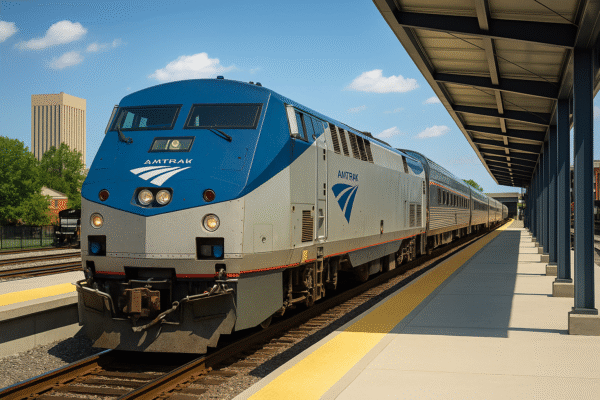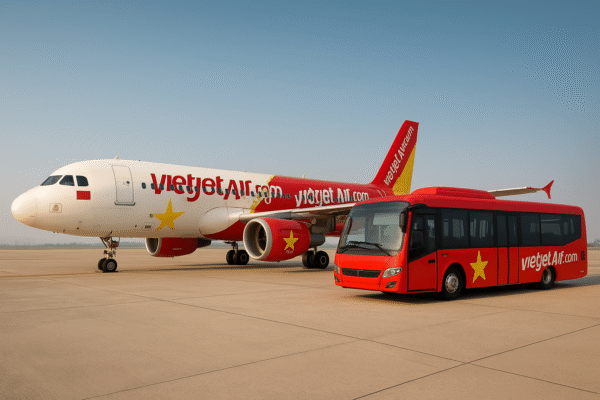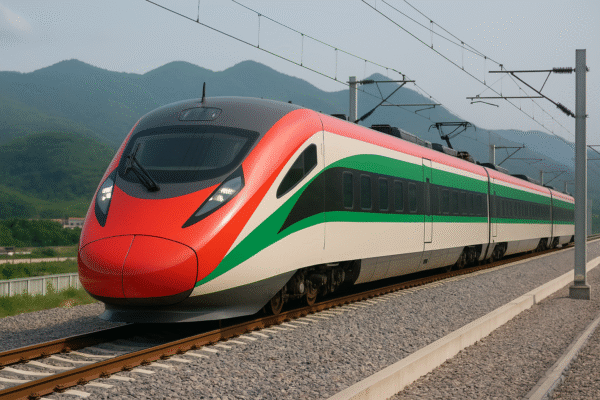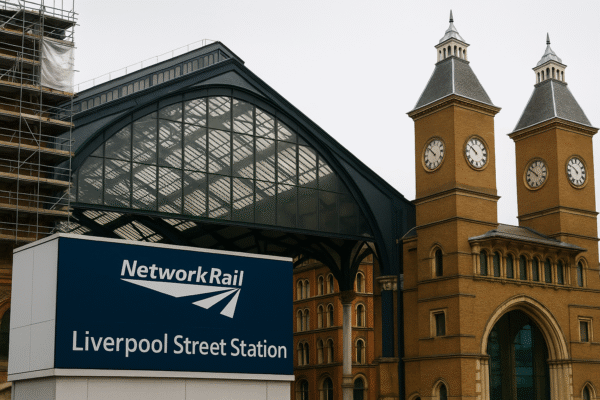The Laos-China Railway is ushering in a transformative era for tourism, transport, and economic development in Southeast Asia. Opened in December 2021, this $6 billion USD (approx. £4.6 billion) high-speed rail project connects Kunming in China’s Yunnan Province to Vientiane, the capital of Laos, cutting overland travel time from days to just 10 hours.
Spanning 414 kilometers within Laos, this modern marvel is more than a rail line—it’s a strategic link in China’s Belt and Road Initiative (BRI) and a major catalyst for change in a landlocked nation previously limited by difficult, slow road journeys.
Modern Travel for a Traditional Land
Historically, Laos was known for its breathtaking landscapes but was burdened by poor transportation networks. Traversing its mountainous terrain meant enduring hours of bumpy rides in outdated minibuses on winding roads.
Enter the Laos-China Railway (LCR)—the country’s first high-speed rail line—which delivers sleek, air-conditioned trains running at speeds of up to 160 km/h. With multiple daily departures, travelers can now seamlessly move between Boten (China-Laos border) and Vientiane, with stops in Muang Xai, Luang Prabang, Vang Vieng, and other key destinations.
Game-Changer for Tourism in Laos
According to data from the Laos Ministry of Information, Culture, and Tourism, over 2.4 million foreign tourists visited Laos in 2023, a 93% increase from the previous year. A key reason for this spike? The Laos-China Railway.
Popular tourist destinations such as:
- Luang Prabang – A UNESCO World Heritage city known for its Buddhist temples and French colonial architecture.
- Vang Vieng – Famous for outdoor adventures like kayaking, tubing, and hiking.
- Vientiane – The cultural and political heart of the country.
…are now more accessible than ever. In the past, a journey from Luang Prabang to Vientiane would take up to 10 hours by road; today, it takes less than 2 hours by rail.
Travelers also enjoy scenic views through glass-paneled windows—passing through lush forests, karst mountains, and local villages that once remained isolated from major tourist circuits.
Boosting the Economy and Trade
Beyond tourism, the railway has significant implications for trade and regional development. Laos has long sought to move from being landlocked to land-linked, and the LCR delivers just that.
The route enhances cross-border logistics, enabling faster movement of goods between southern China and mainland Southeast Asia. Freight trains now carry agricultural products, electronic goods, and textiles more efficiently than ever before, strengthening Laos’ position in the global supply chain.
According to the China Railway Corporation, over 5 million tons of cargo were transported in the first year alone—a number projected to increase as more trade agreements come into effect under ASEAN-China Free Trade protocols.
A Key Piece of the Belt and Road Initiative
Built with technical expertise and financing from China, the Laos-China Railway is a flagship project under the Belt and Road Initiative, which aims to improve infrastructure and connectivity across Asia, Africa, and Europe.
Through this project, Laos has become more integrated into regional transport corridors, connecting to future lines that will stretch as far south as Thailand, Malaysia, and Singapore, creating a Pan-Asia Railway Network.
Such integration promises to boost foreign direct investment (FDI), support skills development for Lao workers, and generate sustainable employment opportunities, particularly in construction, hospitality, and logistics.
Key Stations That Define the Route
- Boten
A border town and gateway into Laos for Chinese travelers. It now functions as a bustling checkpoint for both goods and people. - Muang Xai (Oudomxay Province)
Offers travelers a glimpse into rural Lao life, featuring local markets, waterfalls, and ethnic minority communities. - Luang Prabang
A must-visit for its serene Mekong River views, saffron-robed monks, and cultural landmarks like Wat Xieng Thong. - Vang Vieng
The adventure capital of Laos. Ziplining, mountain biking, and lagoon swimming have never been easier to access. - Vientiane
The capital city offers a blend of ancient temples like Pha That Luang and modern cafes, embassies, and international hotels.
Challenges and the Road Ahead
Despite its many benefits, the LCR is not without criticism. Some locals have voiced concerns about debt sustainability, land rights, and environmental impact—issues that require transparent governance and long-term planning.
Still, early signs are encouraging. Laos is already seeing a return on investment through tourism, with projections from the Asian Development Bank suggesting GDP growth could hit 5.2% in 2025, partially due to improved infrastructure and regional connectivity.
Geo-Tagged Regions:
- Laos (entire route)
- Vientiane (terminus and capital)
- Luang Prabang (UNESCO site)
- Vang Vieng (adventure tourism)
- Boten (Chinese border)
- Yunnan Province, China (starting point in Kunming)
Conclusion: A New Chapter for Laos
The Laos-China Railway is not just a modern transport corridor—it’s a lifeline for a nation embracing 21st-century growth. By transforming Laos from an isolated gem into a regional hub, this railway is rewriting the story of travel, tourism, and trade in Southeast Asia.
For travelers, it’s now easier than ever to experience the tranquil charm of Laos’ landscapes and culture. For the nation, it marks a bold step toward prosperity, connectivity, and regional relevance.
For more travel news like this, keep reading Global Travel Wire




















